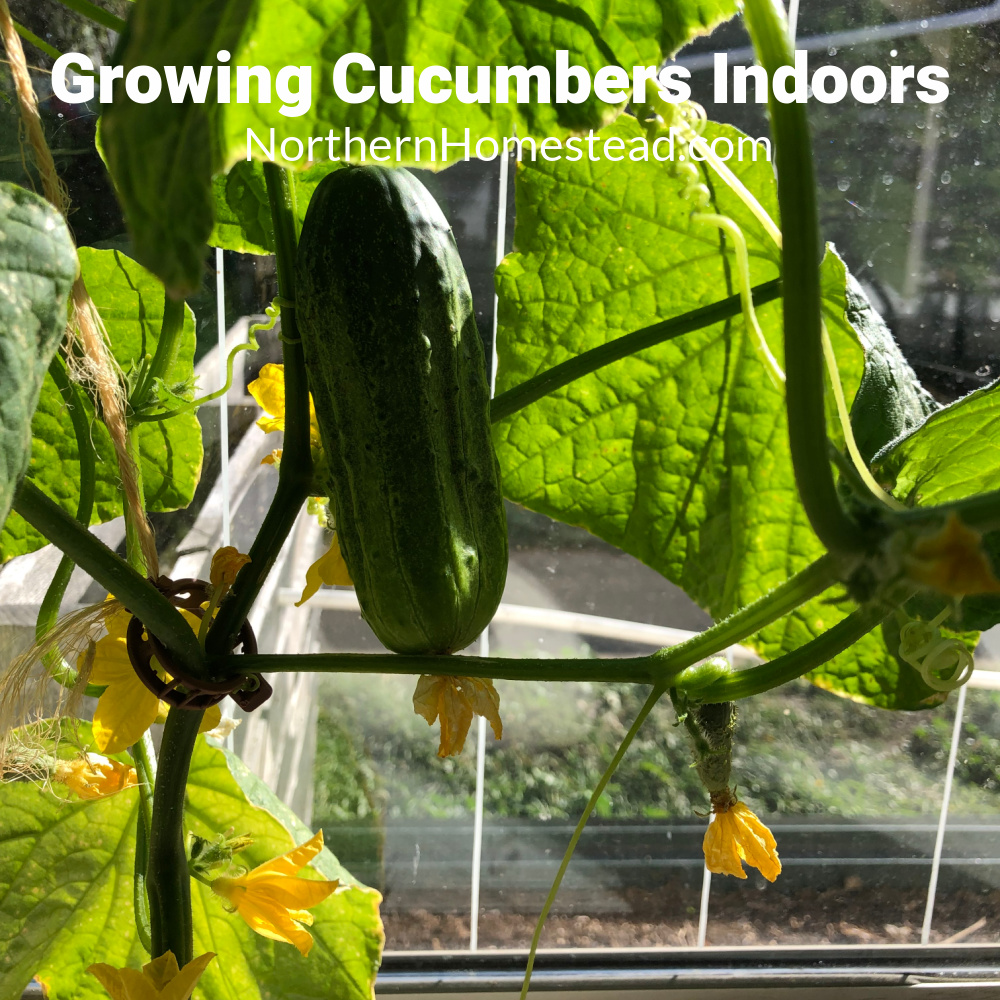
Cucumbers are a really fun plant to grow. They are so quick that one can almost see the growth. Growing cucumbers indoors allows us to grow them in the off-season and also during a cooler summer. A win-win in a cold climate.
Indoor cucumbers in our experience grow fast and expire fast. It’s a fun project with children since things progress so quickly, but you also do not have to worry about having a huge plant all winter long.
So, if you aren’t tired of growing just yet, plant some cucumbers.
Growing conditions for cucumbers
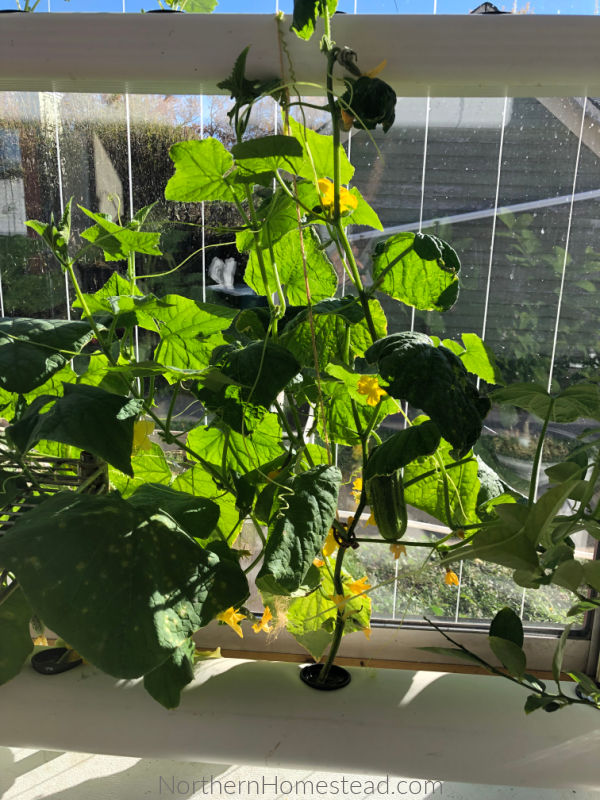
Cucumbers are a summer crop. They need warmth to germinate and to grow. The soil temperature for germination should be at least 15C (60F), some suggest21C (70F). Adding a heat mat or putting the seedlings above the fridge can help to raise the temperature. The optimal growing temperature is between 18C (65F) and 24C (75F) and which is very much a comfortable house temperature range.
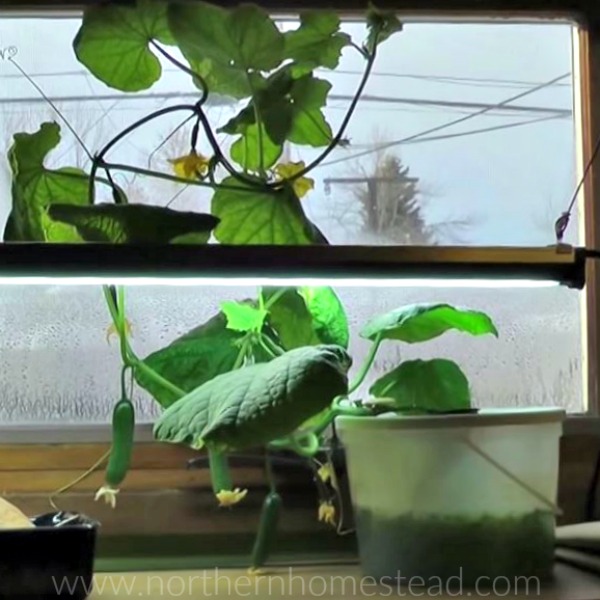
Light is another factor to consider. Cucumber like full sun. When growing indoors during the off-season, you will want to add grow lights. During spring, summer, and fall, the sunlight at a sunny window might be enough. Read more about supplemental light in a window garden.

Depending on the variety and growing conditions you will need more or less space for the plant. Vining varieties are best grown vertically. Bushy varieties can be laid out on the window board or shelf. See the many pictures we included for ideas.
Growing medium
Since cucumbers need a lot of water, whatever growing medium you choose, make sure it can be kept moist. You can read more about growing in soil and growing in water indoors, to make your decision.
If choosing soil for cucumbers, look for moisture retaining vegetable or all-purpose soil mix. For indoor growing, we would not recommend organic soil or compost unless you sterilize it yourself, read more here.
If you use store-bought soil, read the labels, some come with fertilizer or compost, others are really just a growing medium with no fertilizer in it at all. In this case, you will have to fertilize yourself. Look for a vegetable fertilizer for your indoor cucumbers.
To keep the cucumbers moist better, choose a plastic container instead of clay. You can grow 2 plants per one square foot of soil.
Personally, we prefer growing plants indoors in water instead of soil. The simplest method to grow a few cucumber plants indoors is the Kratky way. You will need a container impervious to water and preferably to light, and some hydroponic fertilizer. Please follow the link for more information on that.

Any other hydroponic or aeroponic system works well too. Even a small AeroGarden should do since the plant can vine away from the base.
Cucumber variety

Cucumbers come in many varieties, and any variety can be grown indoors. To get fruit, however, you have to consider pollination.
Usually, cucumbers are monoecious, meaning they have male and female flowers, and in order to pollinate the pollen from the male flower has to be transferred to the female flower. Outdoors this is done by bees and other pollinators, indoors you will have to hand pollinate. We will explain that below.
Gynoecious varieties have mostly female flowers, but some still need pollination. Be sure to read the description of the variety.
Parthenocarpic-type cucumbers do not need any pollination. They are bred for greenhouse and indoor growing.
Varieties to consider are Pecolino, Diva, Cool breeze, and the earliest of all Green Light. A real English long cucumber is Holland Greenhouse.
Starting seeds
We explain starting seeds indoors in detail here for soil and here for hydroponics. Also, we have general information about growing cucumbers here.
Head over and read all that if you are new to seed starting.
Since indoor cucumbers will be grown in a container, you can start them in the container you will be growing the plants. This way there is no transplanting needed. Cucumbers do not particularly like being transplanted.
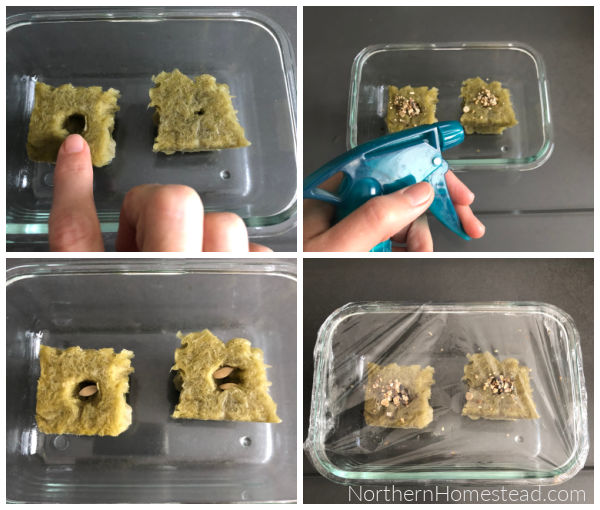
If growing in hydroponics start seeds in a grow cube of your choice. We use rockwool cubes. Soak the cubes in water, drain and make a hole using your finger or tool. Now plant one to two seeds and cover them with vermiculite. Spray with water so it is all moist. Cover the container to keep it moist and place the container in a warm location. Remember cucumbers like it warm.

Once the seeds are up and growing they will need a net pot to hold the rook wool cube. The net pots are reusable.
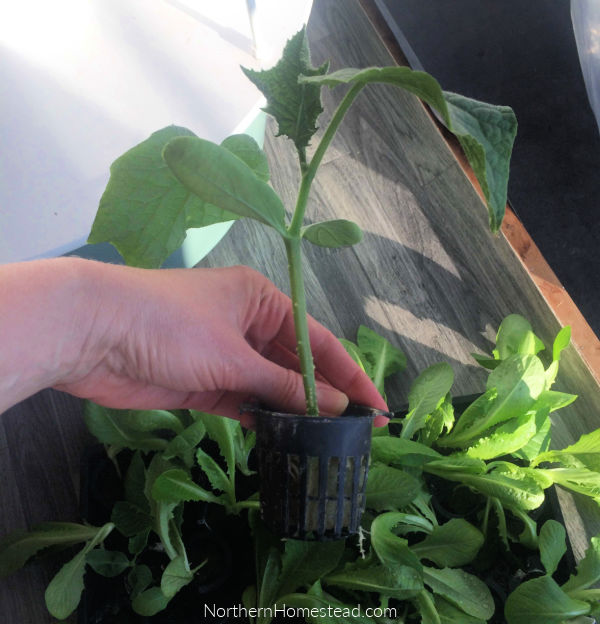
If you grow in aeroponic, the seedling is ready when the roots are showing out of the net pot.
Plant care
Indoor plants are not the same as outdoor plants. The conditions are just not natural indoors. Lowering your expectation is a good idea.
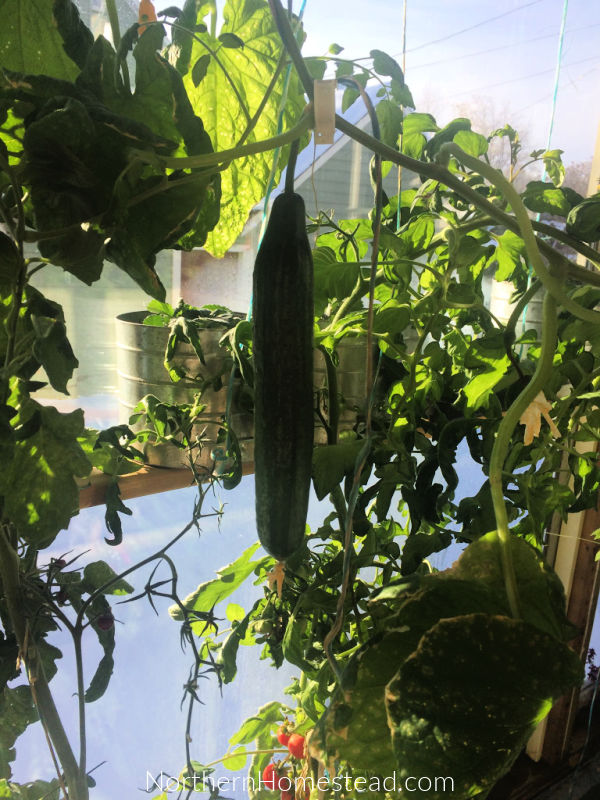
We see indoor cucumbers more as a special treat, or a fun project, and fun it is. Here is a cucumber ripening in late December.
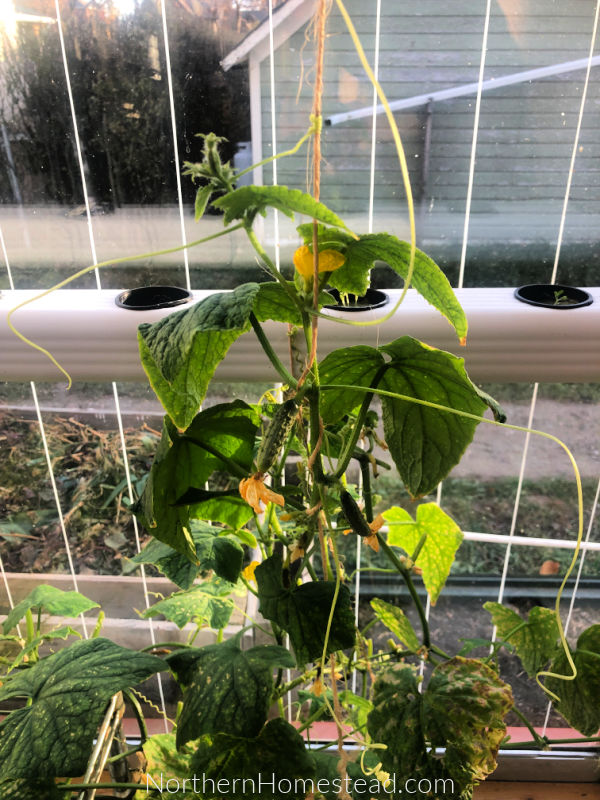
Indoor cucumbers need support to climb on. Depending on the variety they will grow shorter or longer vines.
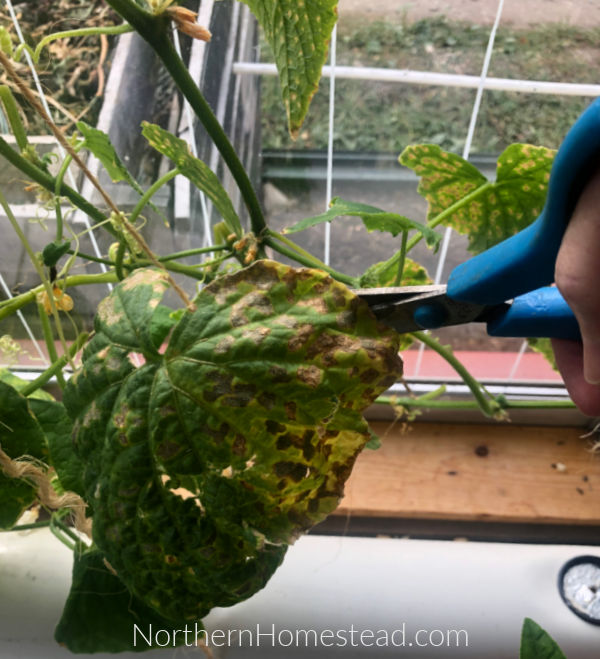
If a leaf has yellowed, prune it off. The plant has no benefit from a sick leaf. If you see more yellow leaves than healthy ones, plant new seeds.
Hand pollination
Hand pollination is not something that we would recommend for high yield. But is a good skill to know about, and teach children too.
Also if you have seeds from the summer garden left, and just want to grow a few cucumbers for a salad, hand pollination will do.
Last but not least hand pollination is important if you have heirloom (open-pollinated) seeds and want to preserve the variety. Hand pollination makes sure no other variety has been crossed in.
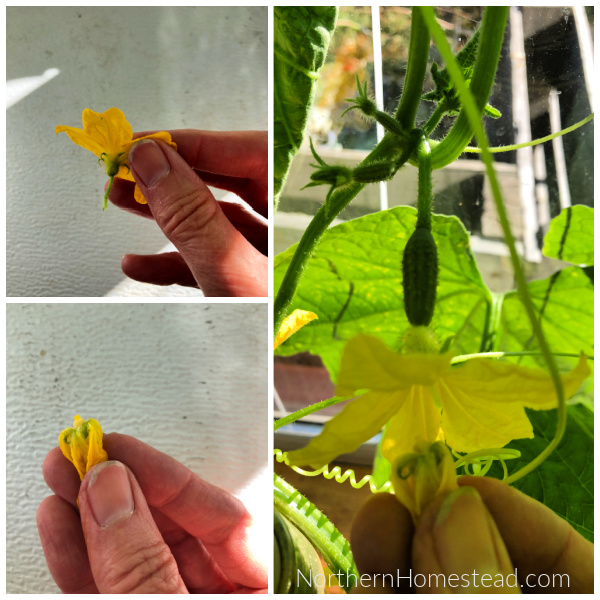
A female cucumber (and most squashes’ as well) flower has the little fruit at the base of it. The male flower is on a stem.
Gently pluck the mal flower and fold the leaves back so that the center (Anthers) of the flower is exposed.
Now touch the center (Stigma) of the female flower to get the pollen from one to the other.
Using a brush, or the cute special bee pollinator is another option. For this method you do not have to separate the male flowers, just move the brush from flower to flower, making sure some pollen is actually on the brush to be transmitted.
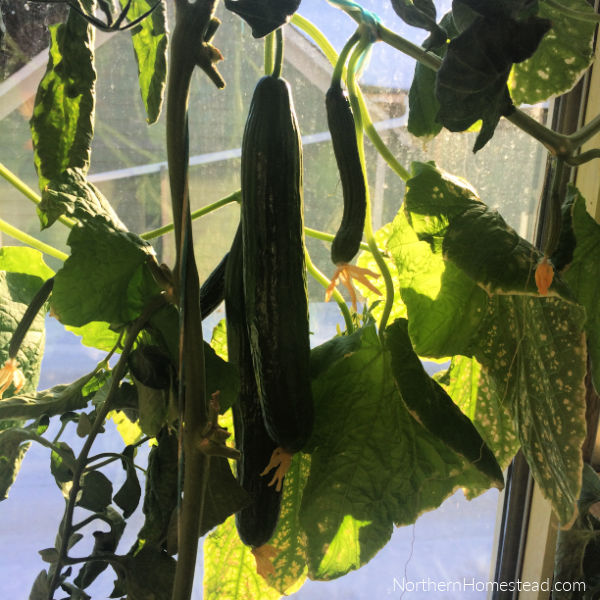
Will the low winter sun find some cucumbers in your window to shine on?
We invite you to subscribe to our newsletter and follow us on Instagram, Facebook, or Pinterest so you do not miss a thing. We look forward to hearing from you about how your windows became edible gardens.

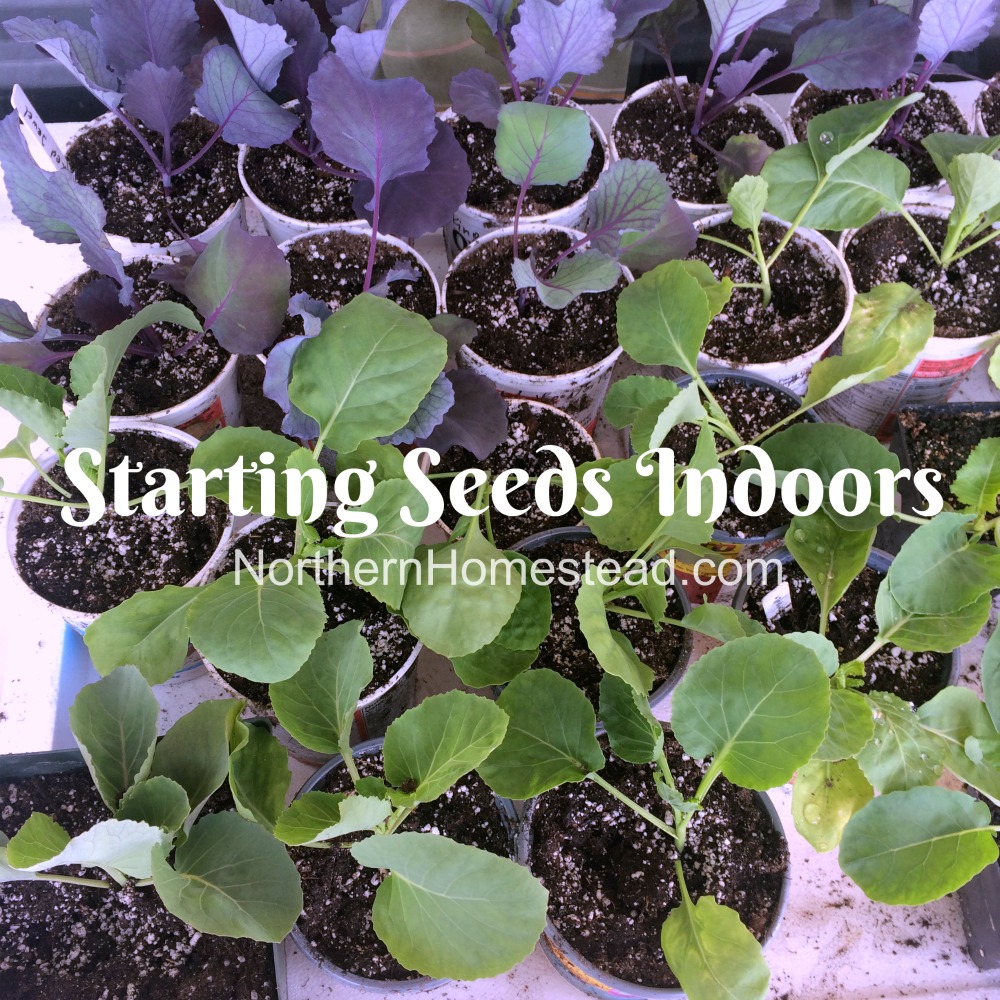
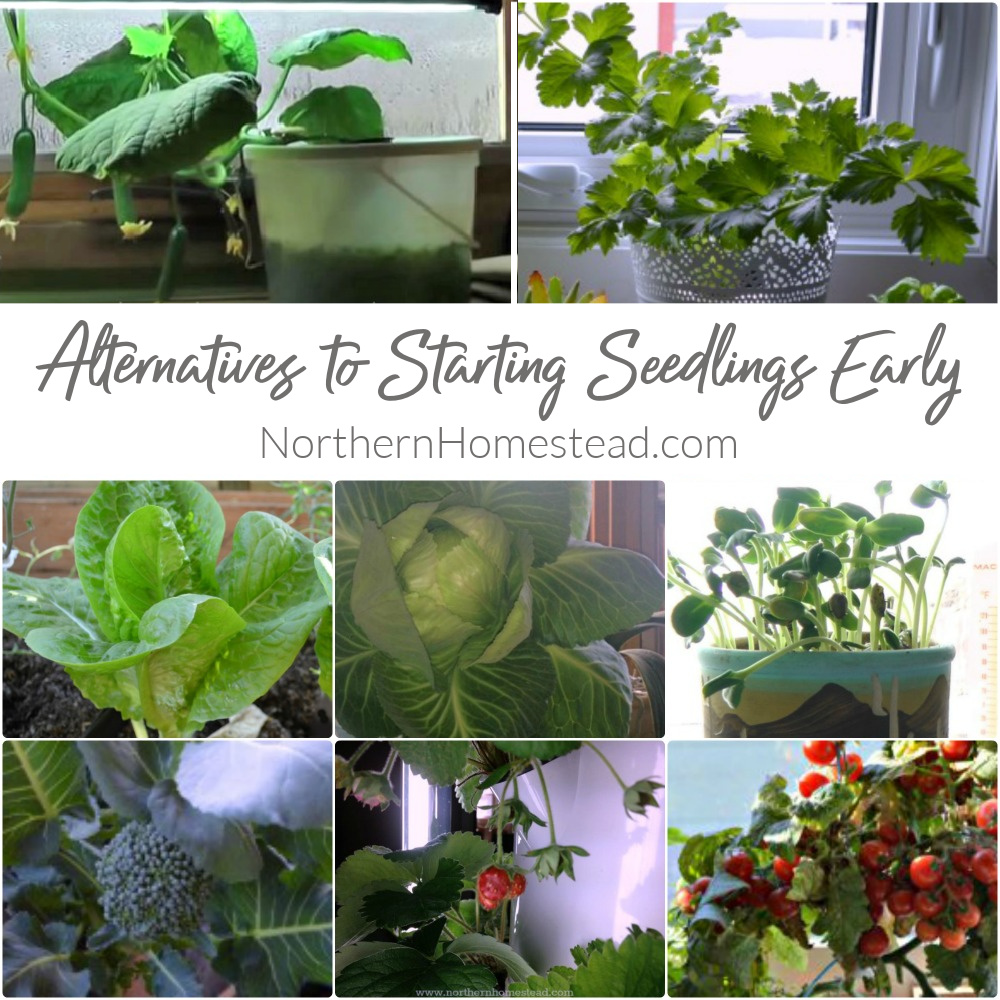
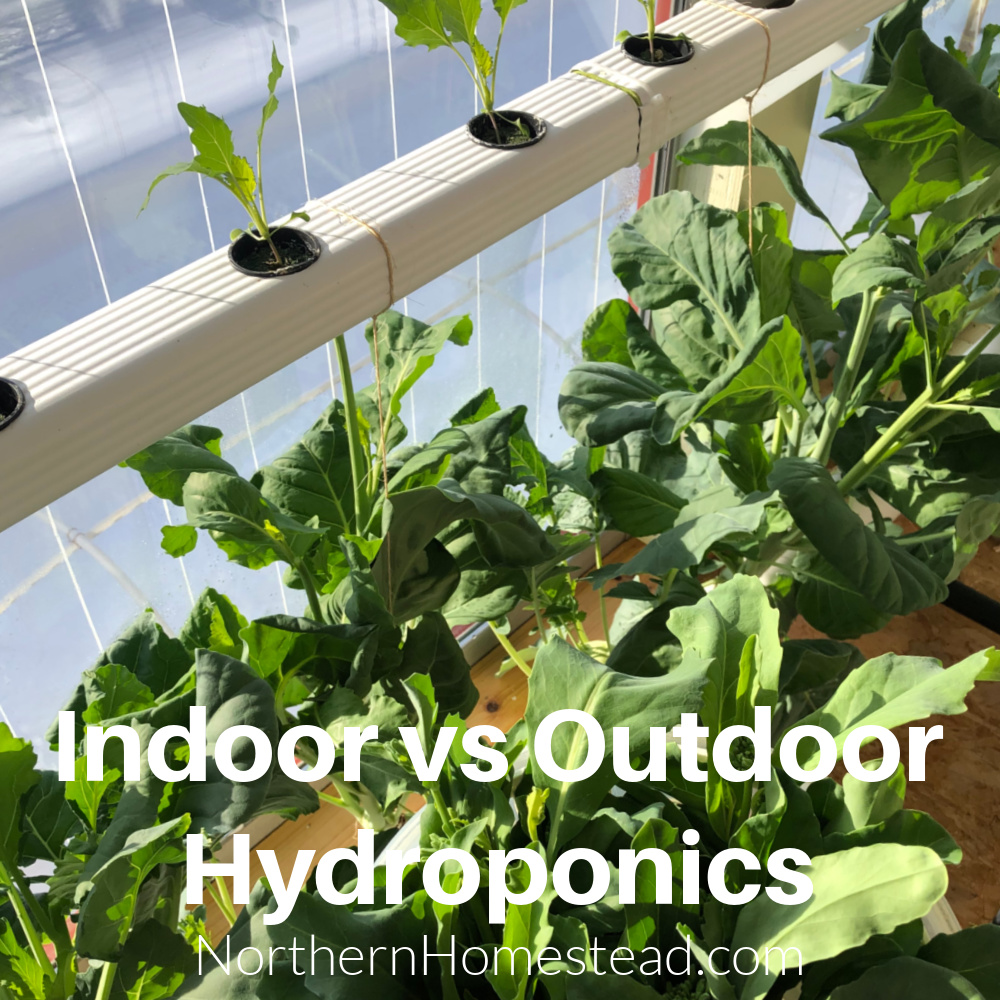
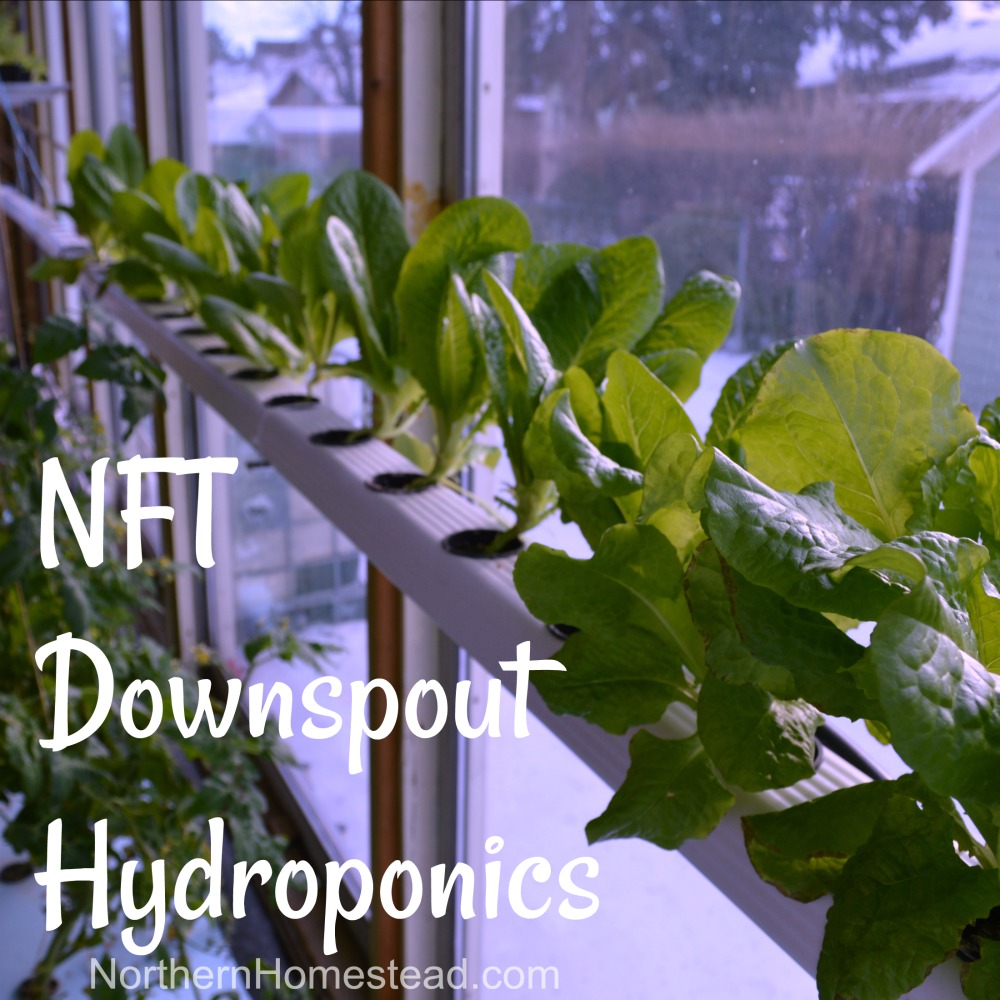
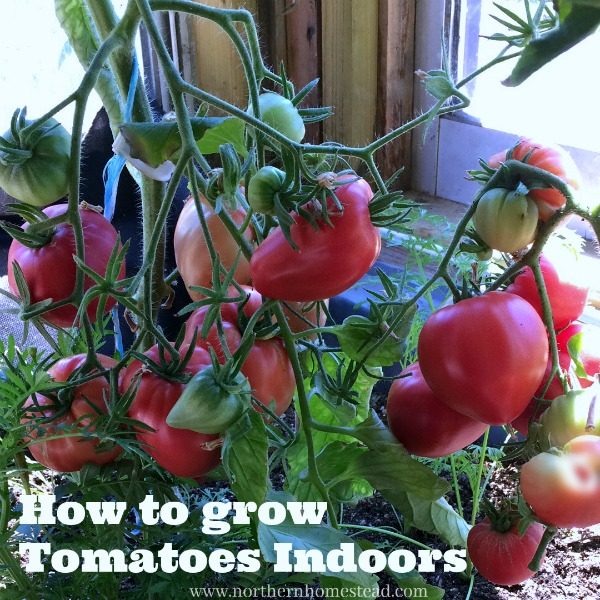
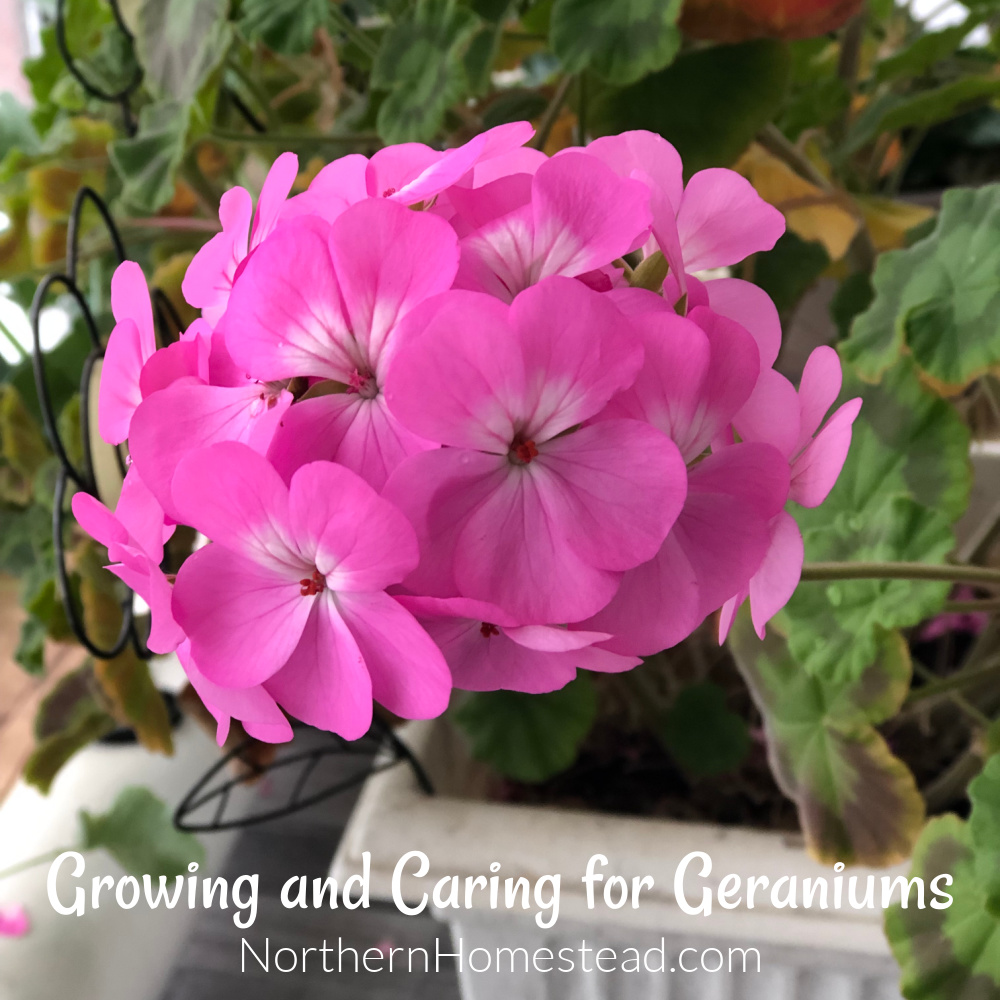

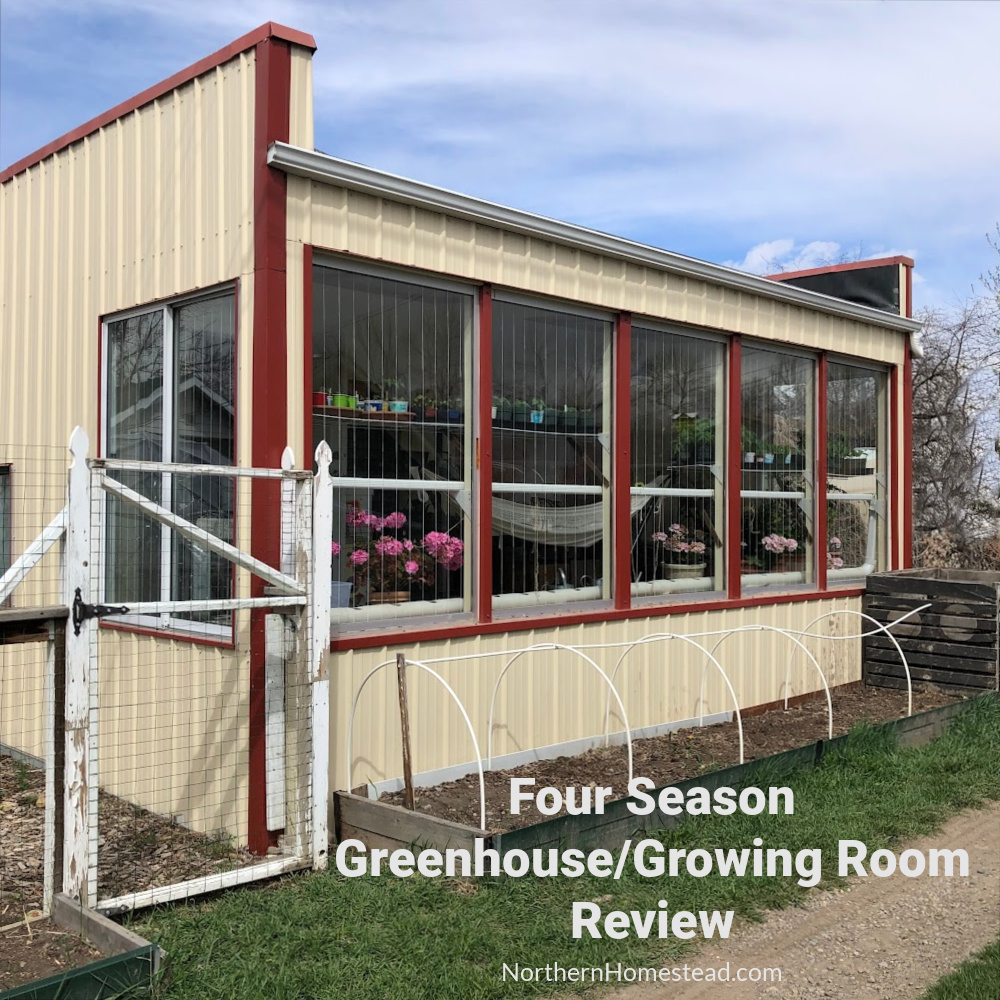
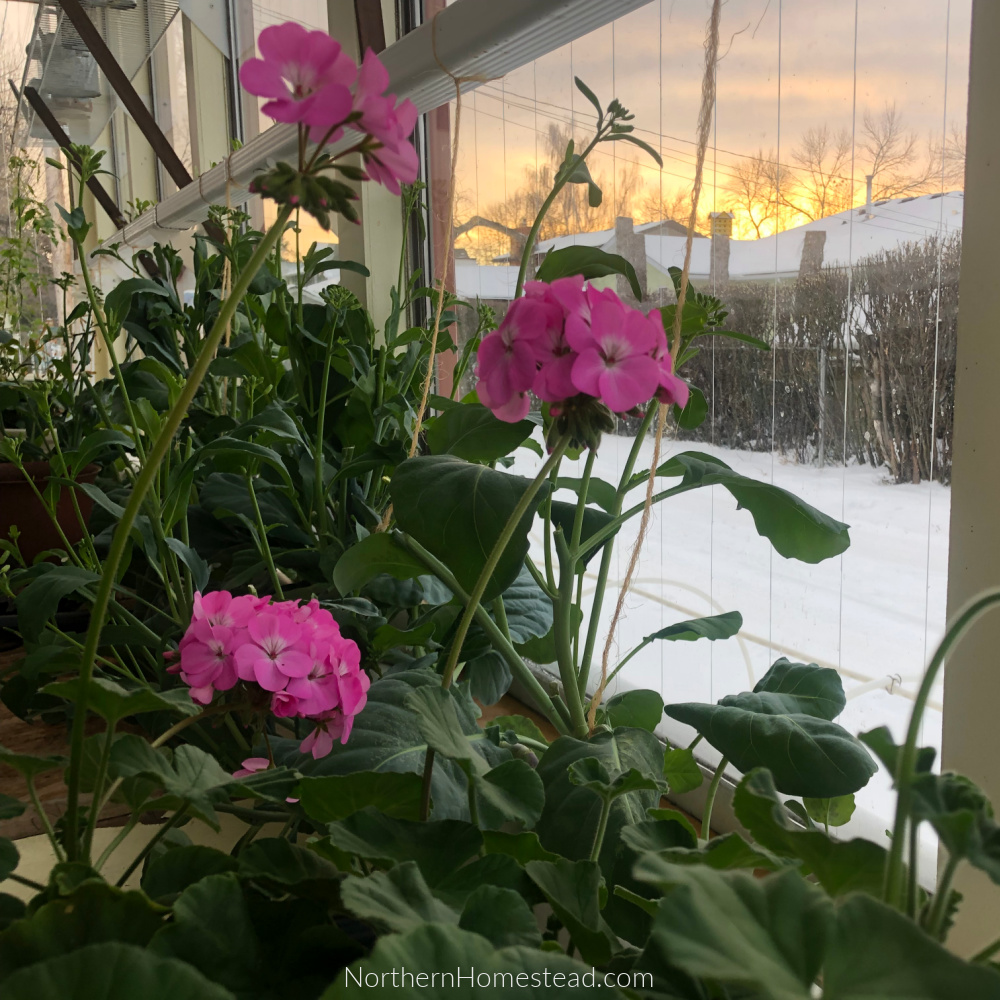
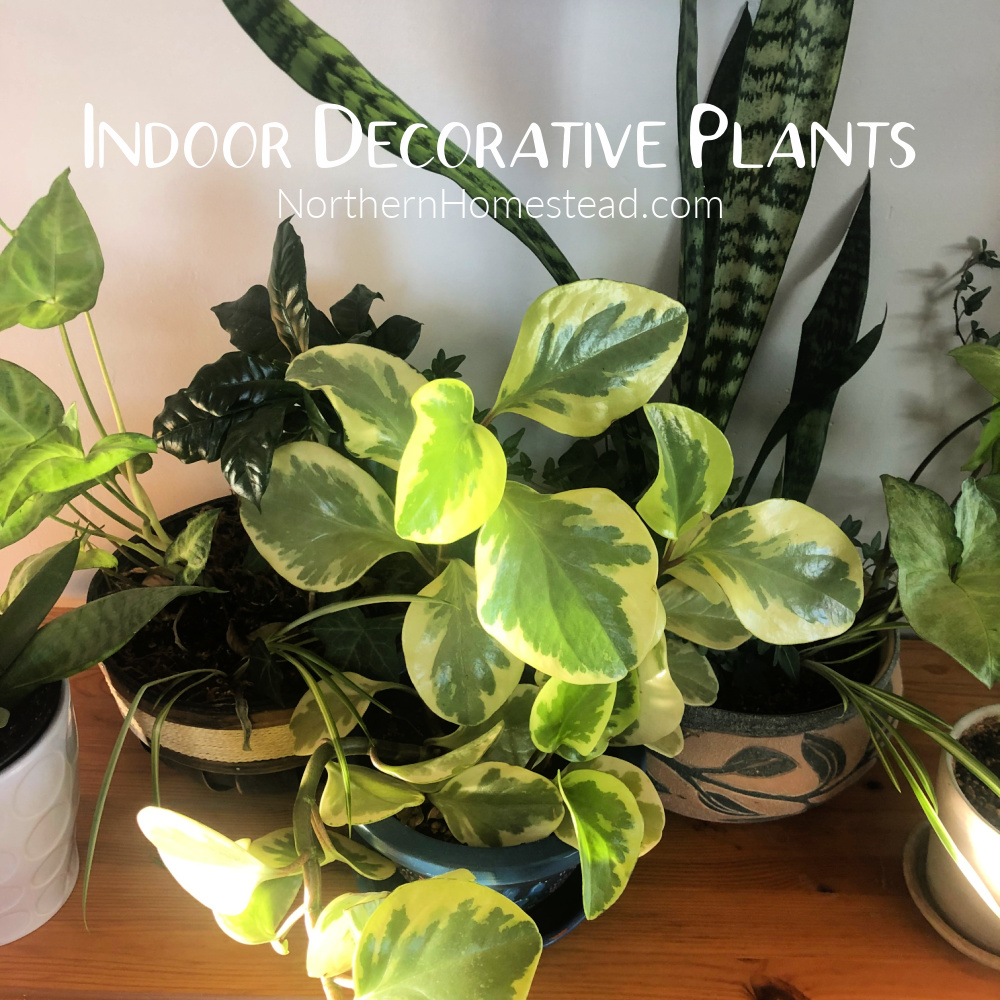


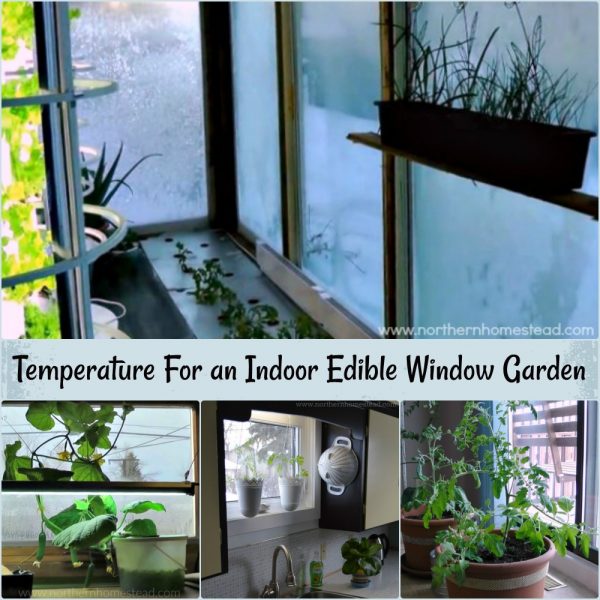
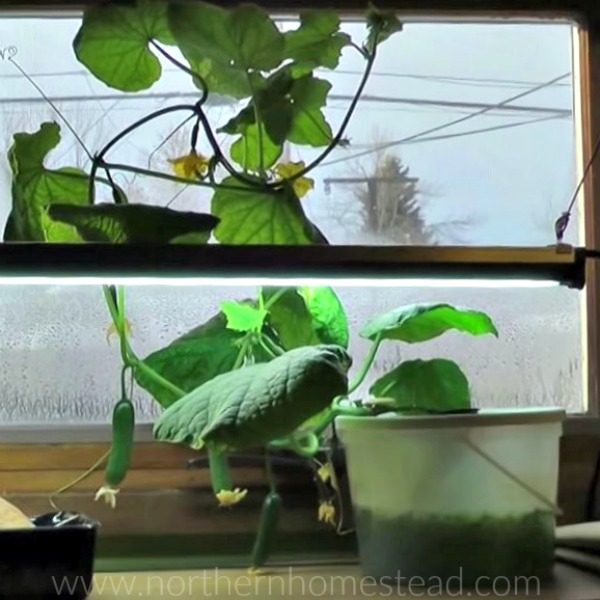
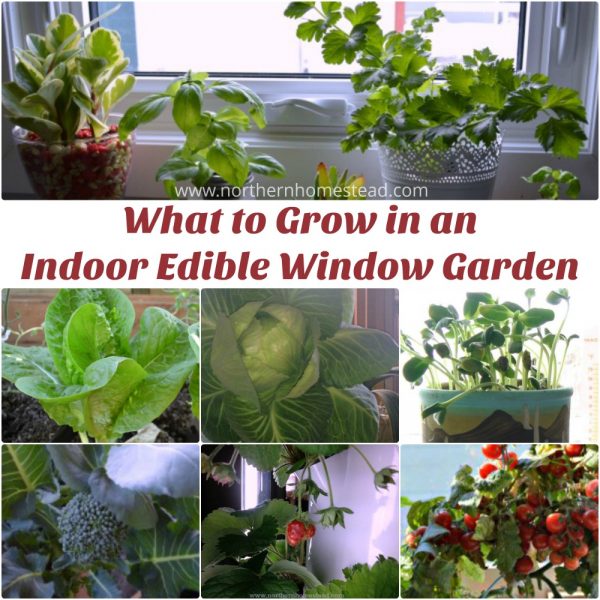

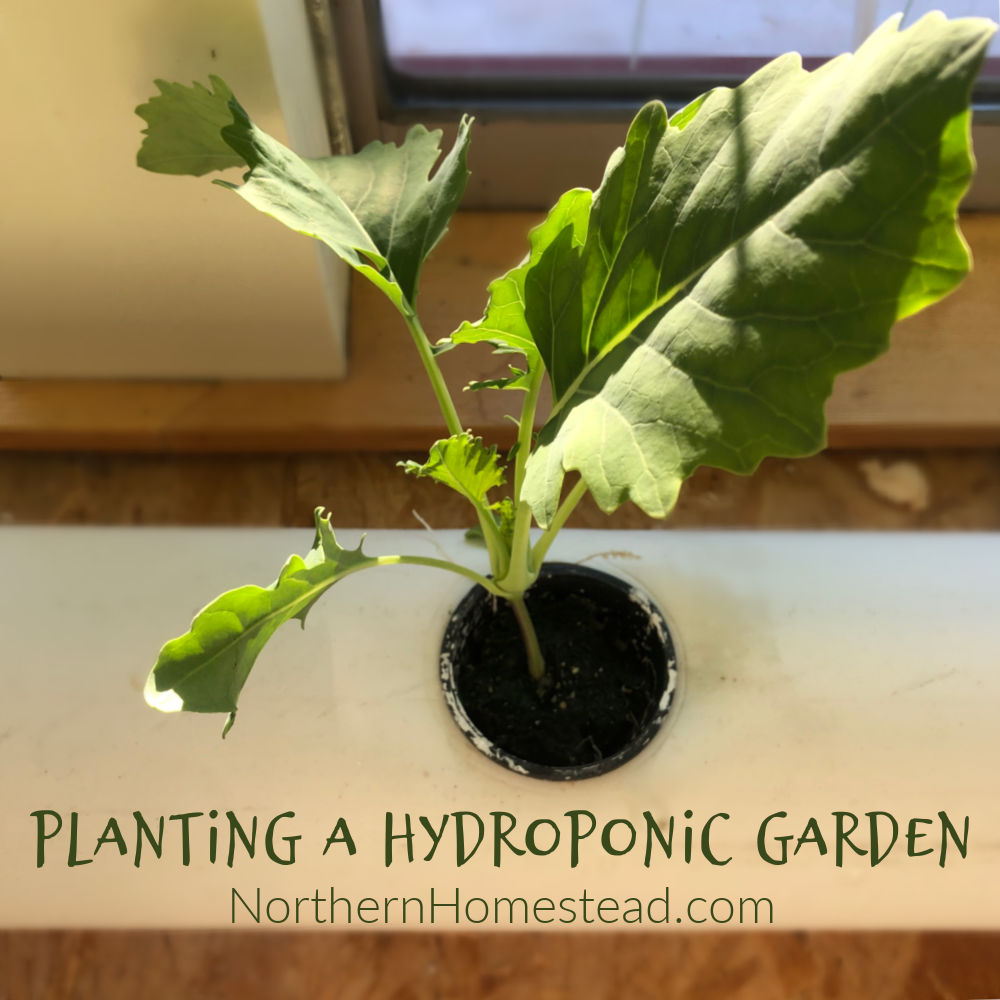
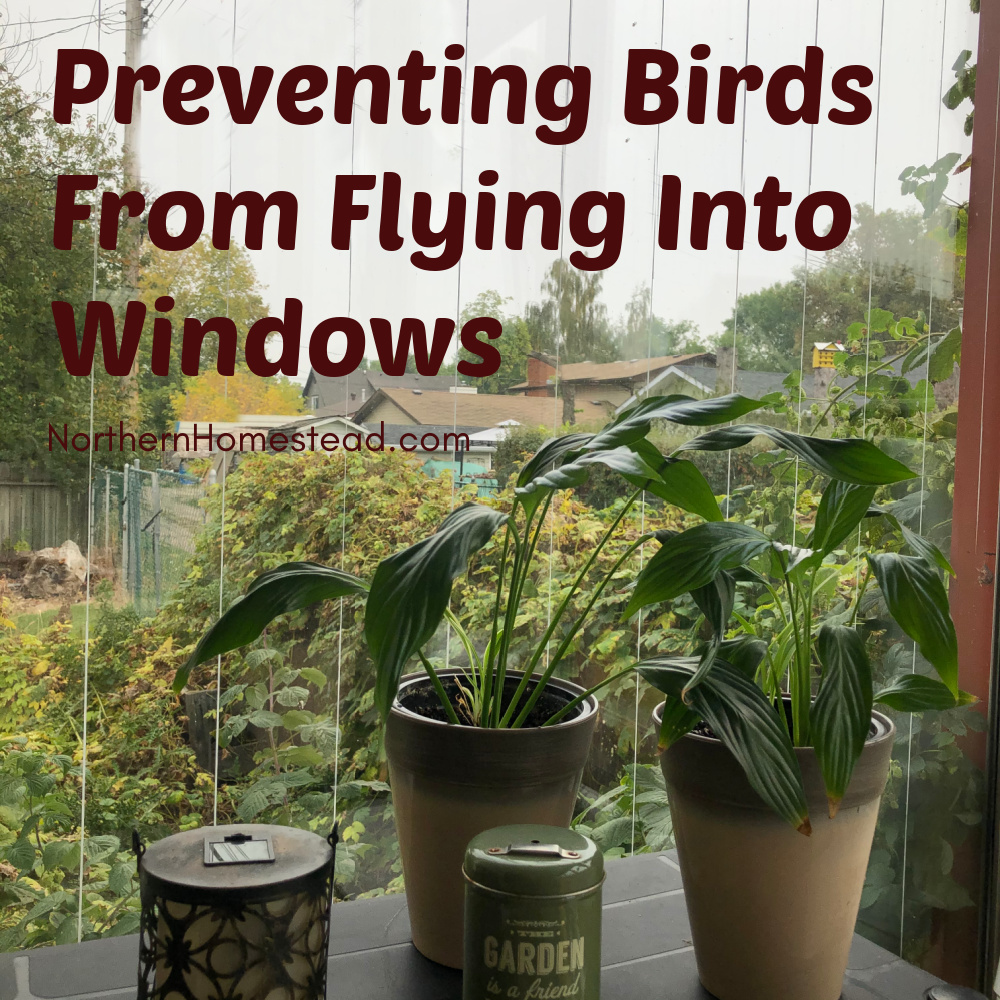
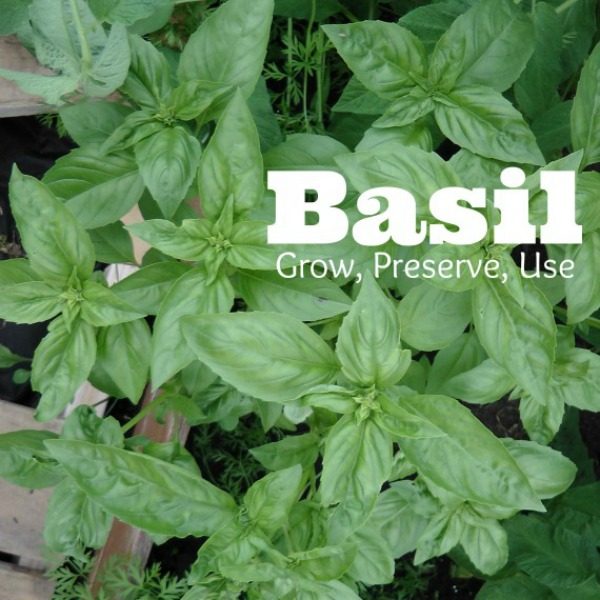

Leave a Reply